
Psychological factors affect how humans perceive dog and human faces.
Dr. Pendergrass received her DVM degree from the Virginia-Maryland College of Veterinary Medicine. Following veterinary school, she completed a postdoctoral fellowship at Emory Universitys Yerkes National Primate Research Center. Dr. Pendergrass is the founder and owner ofJPen Communications, a medical communications company.

Psychological factors affect how humans perceive dog and human faces.
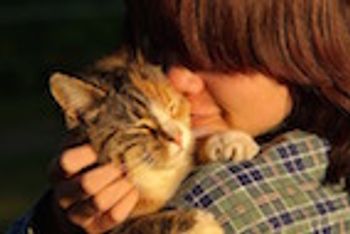
A recent study found no association between cat ownership during pregnancy or early childhood and adolescent psychosis.

At WVC 2017, Dr. Charlotte Lacroix provided detailed insight on workplace bullying.

Identifying what motivates employees to work—and which employees stifle this motivation—is key to addressing workplace bullying in veterinary practices and elsewhere.

Surveys of dog owners revealed numerous differences between purebred and mixed-breed dogs.

Intravenous gene therapy was well tolerated and demonstrated dose-dependent improvements in canine X-linked myotubular myopathy.

Canine hip and elbow dysplasia prevalence was reduced over time with genetic selection.
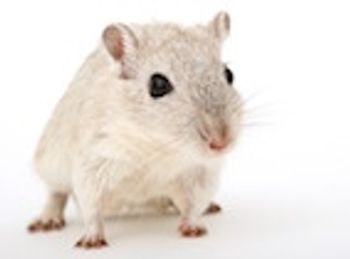
A diet that mimics fasting reversed type 1 and type 2 diabetes in mice by promoting beta cell regeneration and restoring beta cell function.

Roads can be dangerous for wildlife. The use of conditioning as a learning paradigm can teach wildlife to remain safe along roadways.

Animal systems often sit near a critical point, or the tipping point at which animals are most sensitive and can induce large-scale behavior changes such as fights. Researchers used fight size data to evaluate the critical point within a small system of macaque monkeys.
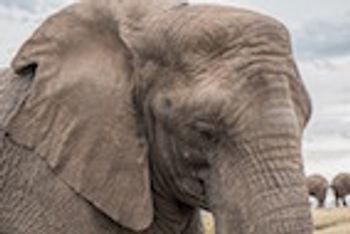
Poaching caused a near 80% population loss in Central African forest elephants from 2004 to 2014, prompting calls for increased multinational support to prevent the species’ extinction.

Animals use their cognitive abilities to respond to anthropogenic noise in three different ways: avoidance, adjustment, and adaptation.
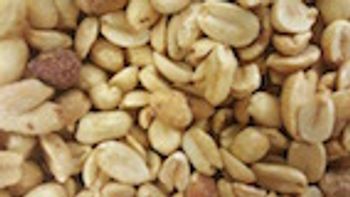
Sublingual immunotherapy with peanut extract was safe and well tolerated in healthy dogs.

The neuropathology of spontaneous ischemic stroke in a Rottweiler resembled that of an ischemic stroke in a human.

Combination therapy with imepitoin and phenobarbital is a potential treatment option for dogs with refractory idiopathic epilepsy.

Forms of direct and indirect contact influence the spread of disease among dairy farms.

Physical activity patterns differ between cats with and without degenerative joint disease (DJD).

Through molecular characterization, researchers identified feline immunodeficiency virus subtype A in domestic cats in mainland China.

Dietary protein concentration and quality do not have major impacts on immune function in healthy adult cats.

A research study evaluated temporal changes in sperm quality and cryptorchidism incidence, and the effects of environmental chemicals on sperm quality, in a canine breeding program.

Chickens release chemicals called volatiles that repel the malaria mosquito Anopheles arabiensis.

Despite having a high larynx, baboons produce 5 distinct classes of vowel-like vocalizations that are comparable to human vowels.

A distinct "urban signature" of phenotypic change explains the rapid evolution of ecologically relevant traits in wildlife in urbanized areas.

The central nucleus of the amygdala acts as a control center to mediate efficient predatory hunting behavior in jawed vertebrates.

A recent JAVMA news release on the pet supplement market in the United States reveals that although supplements are popular with pet owners, concerns about efficacy and industry regulations remain.

A report by Grand Review Research, Inc. announced a projected increase in the global pet food market to $99 billion by 2022.

When horses are unable to solve a problem, they will use visual and tactile signals to ask humans for help.

In a study recently published in Acta Veterinaria Scandinavica, cats with a previous diagnosis of unilateral cranial cruciate ligament (CCL) injury displayed gait patterns and owner-assessed behavioral changes that differed from those of sound cats.
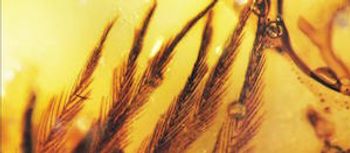
In a recent study, researchers provided a detailed description of a feathered dinosaur tail with primitive plumage that was preserved in amber from the mid-Cretaceous period.

Researchers have identified a novel uncultivated strain of the fungus Paracoccidioides brasiliensis as the probable cause of cutaneous granulomas in dolphins.